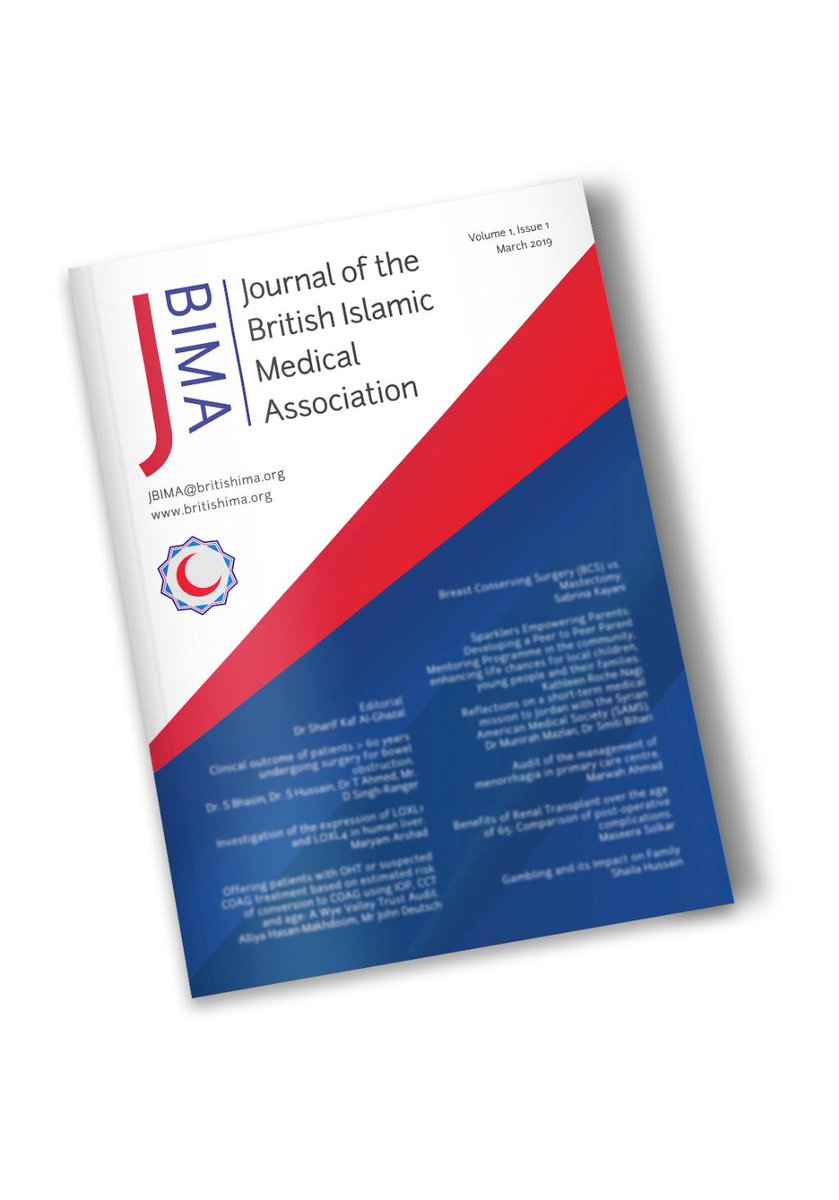
Most Muslim physicians have heard (or should have heard) about famous Muslim physicians such as al-Razi, al-Majusi, Ibn Sina, Ibn al-Nafis, but few physicians have heard about Ibn Abi Usaybi’aa. Although not as famous as some of his contemporaries, Ibn Abi Usaybi’aa is no less important than any of these, considering the contributions he made to the history of Islamic medicine. His biography, the important contributions he made, and his rightful high place in the history of Islamic medicine will be presented. In this short article, I will examine his biography, the important contributions he made, and his rightful high place in the history of Islamic medicine. Ibn Abi Usaybi’aa’s full name was Muwaffaq aI-Din Abu al-Abbas Ahmad ibn al-Qasim ibn Khalaf ibn Yunus al-Khazarji.
He was born in Damascus in (1203 CE) to a family that had close ties with medicine. His father was an oculist, a noble medical specialty of his time. His uncle was a brilliant physician who became a famous teacher of medicine at a young age. His uncle spoke Turkish fluently, commanding a wide expansive knowledge. He was not only a physician but a musician, poet, and oculist as well. No doubt both these men had great influence on the young Ibn Abi Usaybi’aa. His early education was under the tutelage of his father and uncle. He studied with some very notable teachers of his time. Ibn al-Baytar, the famed botanist, taught him botany (1). Later he took an apprenticeship under Muhadhab alDin ‘Abd al-Rahim ibn ‘Ali, known as al-Dakhwar, physician-in-chief at the then world-famous Al-Nuri hospital in Damascus. Among his pupils was Ibn al Nafis, the discoverer of pulmonary circulation, who became known as the second Ibn Sina. Later, Ibn Abi Usaybi’aa travelled to Cairo to take up a medical and surgical residency at the famous al-Nasiri hospital (Mansori Bimaristan). After finishing his training, he returned to Syria and started practicing in Salkhad in south eastern Syria in the service of the town’s governor ‘Izz al-Din Abu al Mansur Ahmad ibn Abdullah. He remained there practicing until he died in (1270 CE).
Ibn Abi Usaybi’aa is the author of several works, including a lot of poetry. Unfortunately, most of these have been lost. It was during this time that he wrote the book (Uyoon al-Anbaa fi Tabaqat al-Atibbaa) that was to earn him fame as an enduring historian of his time (2).
Uyoon al-Anbaa is a history of the physicians known at his time. Thus, he painted a great picture of the art and science of medicine of his time and the preceding times and gave us great insights. There is no other work that even comes close in describing the physicians of that time, their detailed biographies, the way they practiced, the medical and surgical methods they used and their philosophies, sometimes even their eccentricities, oddities and some of their ingenious methods and achievements. Because of its fame and importance, this book has survived almost in its entirety rather than being altered by annotations of subsequent copyists as has happened to many other books and manuscripts of that time. Dr. Sami Hamarneh, a modern-day authority on the history of Islamic medicine, wrote “In scope and details, it is the best of its kind ever written up to the early modern period. It is monumental undertaking in the history of Islamic medicine, serving as an indispensable reference and source of information, for the study and understanding of the rise and development of the health professions from ancient times to mid-1262 CE (3). From the descriptions in this book, it is evident that the author, in addition to knowing medicine well, was refined, cultured, honest inhis accounts and detailed in his statements. He was objective, precise, critical, and free from prejudice. Included in his description are philosophical sayings by physicians, aphorisms, anecdotes, medical poetry, and even humorous encounters, which make for delightful reading. His book was dedicated to Abu al-Hasan ibn Ghazal ibn Abi Sa’id, the wazir (minister) of the King al-Salih Najm aI-Din.
Ibn Abi Usaybi’aa thus deserves a high place in the list of historians of medicine. From his descriptions we learn a lot about the early Greek physicians including Hippocrates, Galen, the Greco-Roman, the Byzantine, the Alexandrian, and the early Muslim physicians. In his book he covered practitioners in Iraq, Diyar Bakr (a region on both banks of the upper Tigris), India, North Africa and Spain, Maghrib, countries far removed from where he practiced. He also covered Egypt and the country of his residence, Syria, in great depth.
References
1. Vernet J. Ibn al-Baytar. In Lewis B, Menage VL, Pellat C, Schacht J et al (editors). Encyclopaedia of Islam (New Edition). Vol. 3. Brill: Leiden and Boston; 1986.
2. Ibn Abi Usaybi’aa. Uyoon al-Anbaa fi Tabaqat al-Atibbaa. Muller A (editor). Cairo and Konigsberg: al-Matba’a al-Wahbiyya, 1882-1884.
3. Hamarneh S. Arabic historiography as related to the health professions in medieval Islam. Sudhoffs Arch. 1966;50(1):2-24

